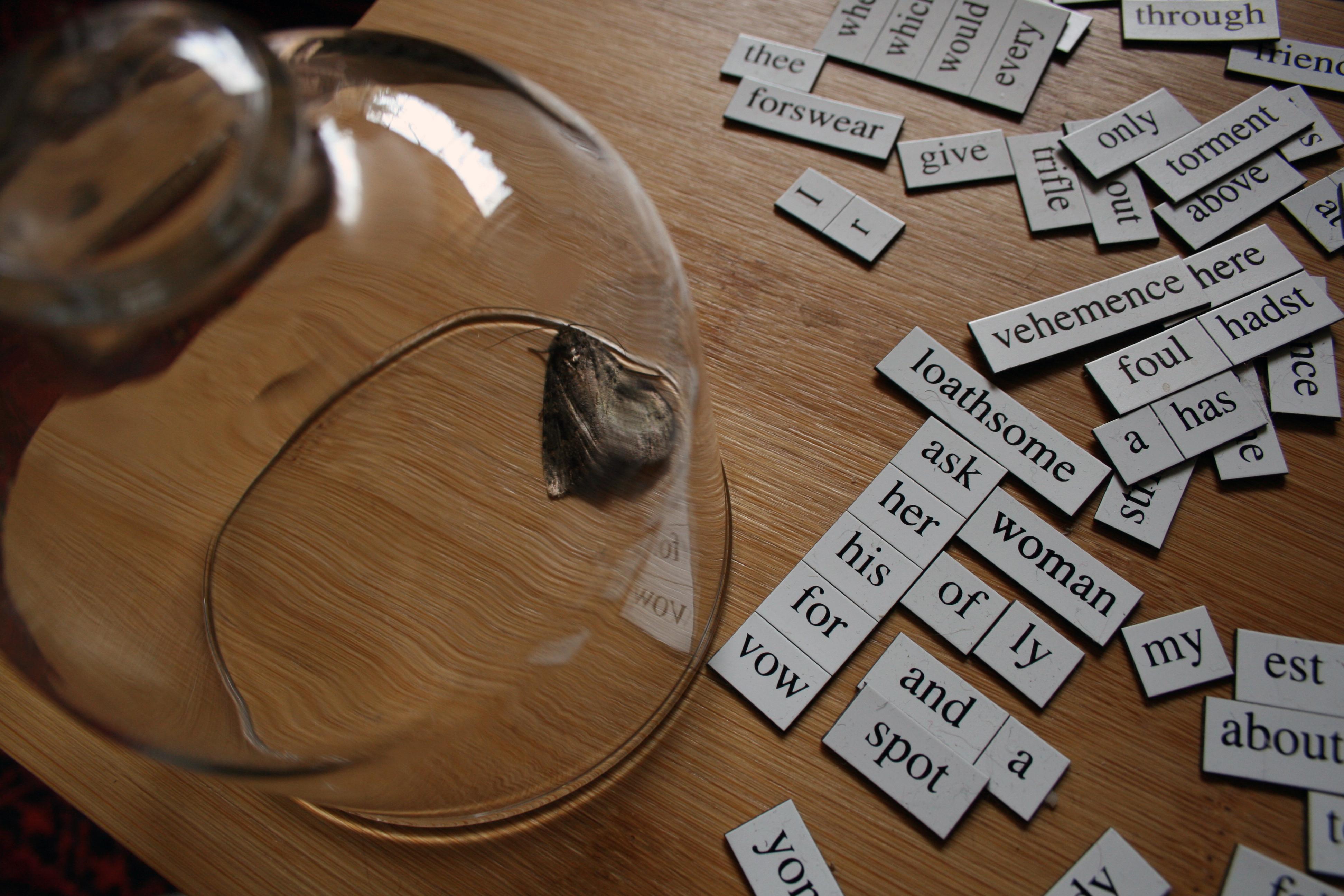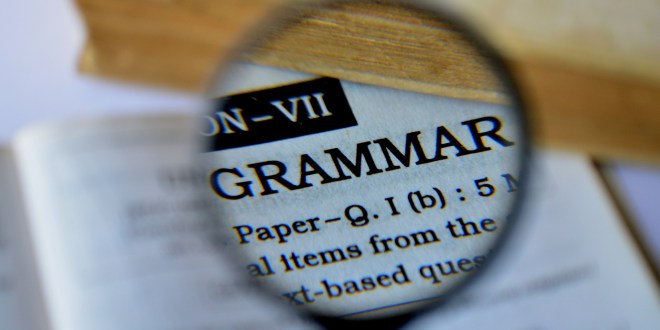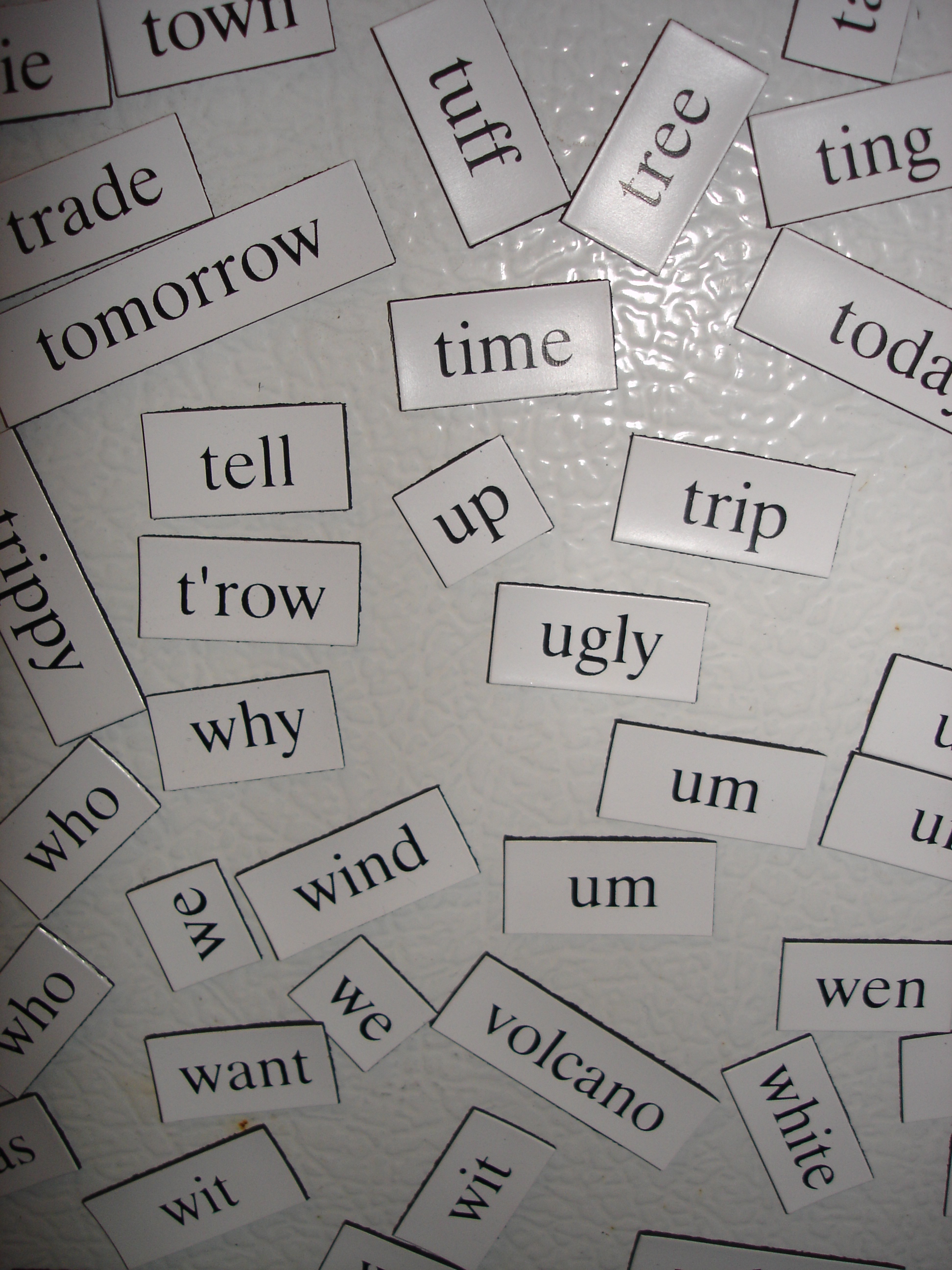Let’s talk about apostrophes today. They’re little floating dots with tails that cause major problems for some people.
Apostrophes don’t have to be scary, however. Here are some easy rules to follow so that you can apply an apostrophe with confidence.
- Apostrophes are used in contractions in place of the omitted letter or letters:
You are = You’re
I am = I’m
He cannot = He can’t
She could not = She couldn’t
They will = They’ll
It is = It’s
- Apostrophes are used to show possession:
The scout’s badge—the badge of the scout
The girl’s book—the book of the girl
*If you have more than one thing possessing something, here’s what it looks like:
Three boys’ coats were left in the lobby. (Make the noun plural first, then add the apostrophe to show possession.)
The children’s teacher arrived late.
- Apostrophes aren’t used for the following possessive pronouns or adjective:
Hers
His
Ours
Theirs
Yours
Whose
Its
Those last two words trip up a lot of people. Notice that its is a correct word. It’s is also a correct word, BUT they are not interchangeable. Whose and who’s both are correct in different applications.
Here’s an easy way to check your sentence for the correct usage:
- It’s going to rain today = It is going to rain today.
- It’s rained all day = It has rained all day.
Both are correct.
- The bear licked it’s paw. WRONG!
Remember—it’s is a contraction. When you see it’s, read it as it is. Does the following sentence make sense?
The bear licked it is paw.
NO!
The bear licked its paw.
Yes!
The same logic can apply to whose and who’s.
- Who’s going to the party? = Who is going to the party?
Yes!
- Who’s car is parked on the lawn? = Who is car is parked on the lawn?
WRONG!
- Whose car is parked on the lawn?
CORRECT!
Apostrophes don’t have to be intimidating. Follow these three easy rules, and you won’t have to wonder if your apostrophe is hanging in the right place.
You might even find yourself correcting someone else’s.







No Comments